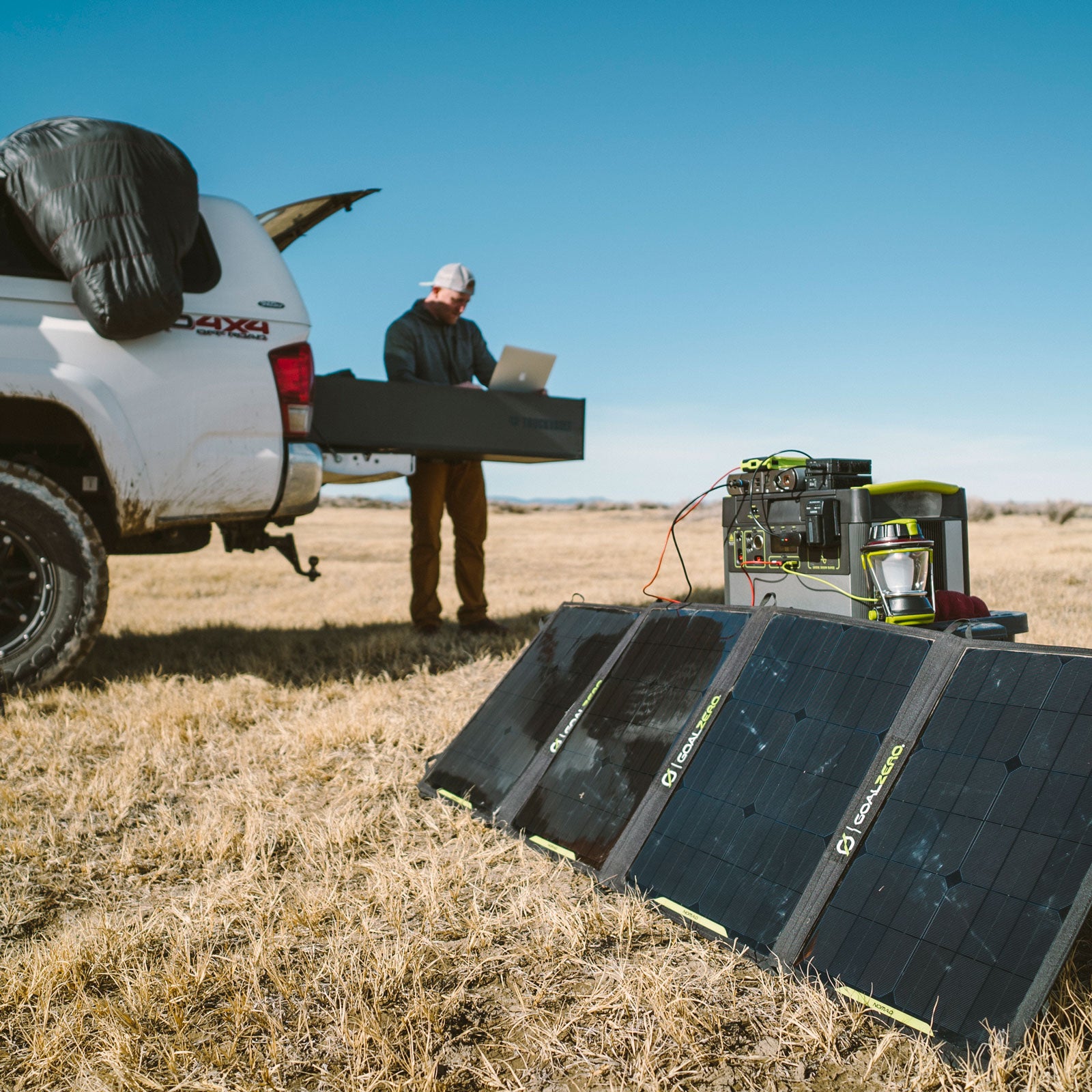Almost three years ago, when my wife, Jen, suggested purchasing and moving into an Airstream full-time, I was drawn to the plan but concerned about the logistics. As freelancers—I’m a writer, Jen’s a photographer—we can work from almost anywhere, but would we really be able to stay connected well enough to keep up with the constantly shifting assignment schedule and deadlines? And was it really possible to keep all of Jen’s computers, drives, cameras, and electronics powered up in the field? We made the plunge despite my reservations, and our work hasn’t suffered a bit. An energy-efficient laptop (a MacBook Air, in my case) and a cell plan with unlimited data are probably the two most essential tools to our road-life careers. But we’ve amassed a collection of other gear that’s also indispensable.
Goal Zero Yeti 1400 Lithium ($1,800)
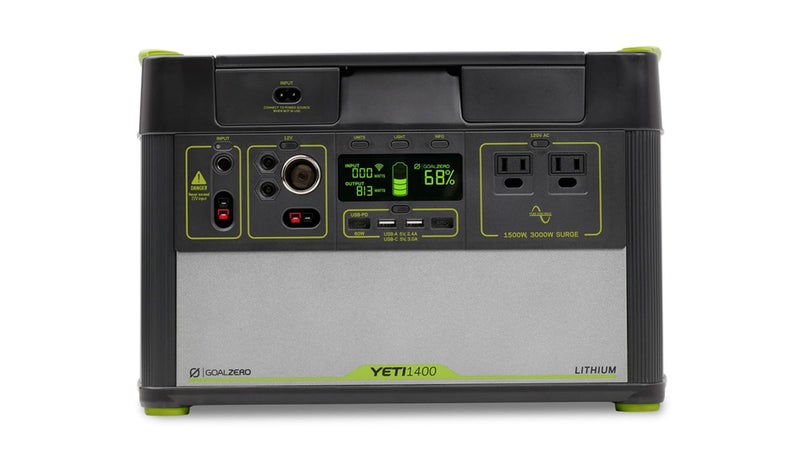
Since we spend most of our time camping off-grid on public lands, having enough power to run both our Airstream home and our electronics is probably our biggest challenge. This ensures that our computers and phones never run dry. The Goal Zero Yeti is about the size of two car batteries, weighs only 29 pounds, and has two standard 110 wall plugs, two 12-volt ports (including a car-lighter style), and four USBs, so we can plug in a whole range of gear at once. The digital display with by-the-minute updates makes it simple to monitor output and reserves. Using the Yeti solo, I have powered my MacBook Air for five workdays.
Goal Zero Nomad 100 Solar Panel ($500)
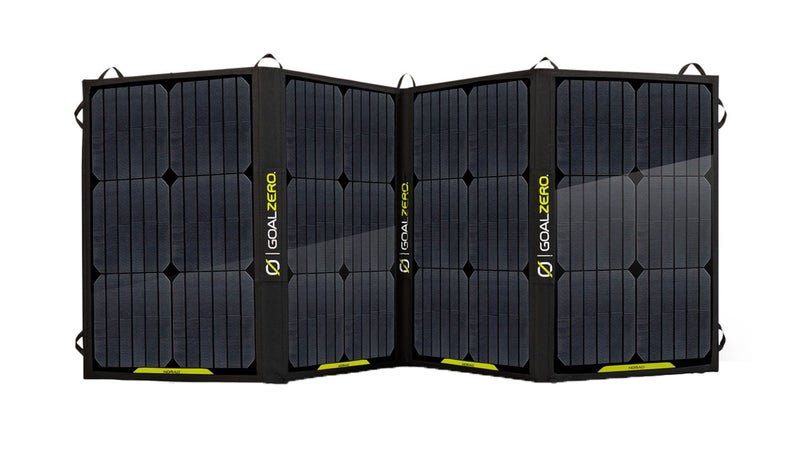
If the sun is out, we can keep the Yeti mostly topped up, even when Jen and I are both working long days, with this portable . (We also have two built-in 80-watt panels from on our roof to trickle the Airstream batteries.) There are bigger, more powerful panels, but we love that the Goal Zero Nomad—about the size of two laptops when folded up—stows easily under the bed when not in use. Since it plugs straight into the Yeti, we usually leave both in the sun to charge and run an extension cord into the trailer so we’re charging as we work.
Generac iQ2000 Generator ($750)
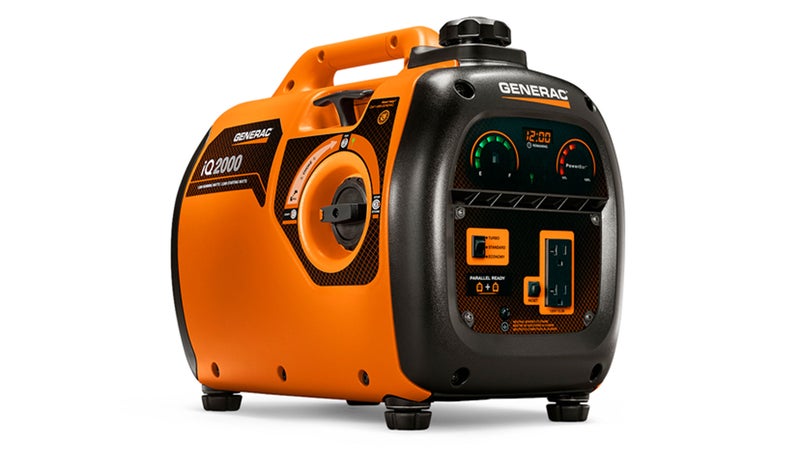
This ensures that we never go completely dark, even if the solar isn’t collecting. This gas-powered, 1600-watt device runs pretty much everything in the trailer (except the microwave or AC), and the four-liter tank (1.06 gallons) lasts up to a day, which is plenty of time to plug our computers and other devices into the trailer to fill up. I generally hate the whine of four-stroke engines, but the Generac iQ2000 is surprisingly muted—we can barely hear it when we set it up 50 feet from the Airstream on an extension cable.
SureCall Fusion2Go 3.0 RV ($450)
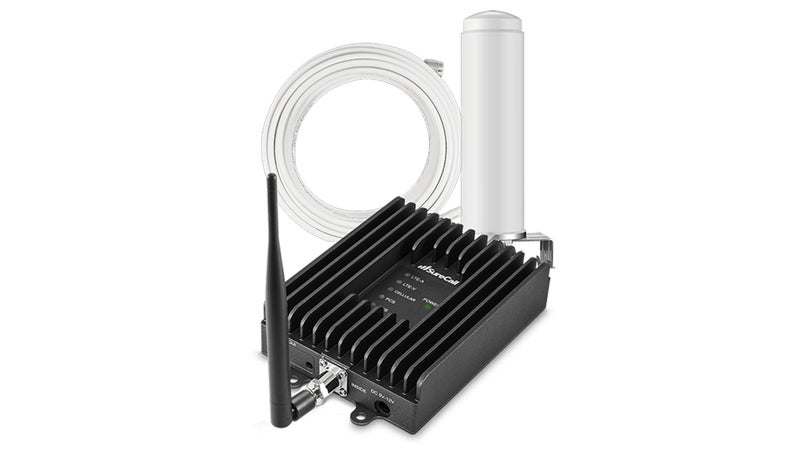
After power, connectivity is our second biggest challenge, and this helps keep us plugged in. Composed of an internal and external antenna that are wired together, the SureCall Fusion2Go picks up a cell signal and amplifies it, turning shaky, 1x service to two or even three bars of 3G. This has really extended the range of places where we can stay. Sites that were once a no-go due to lack of service are now choice places to camp. The boost range is pretty limited, however; for best results, park your phone right next to the receiver and internal antenna.
REI Kingdom Lounge Chair ($70) and Snow Peak Medium Single-Action Table ($330)
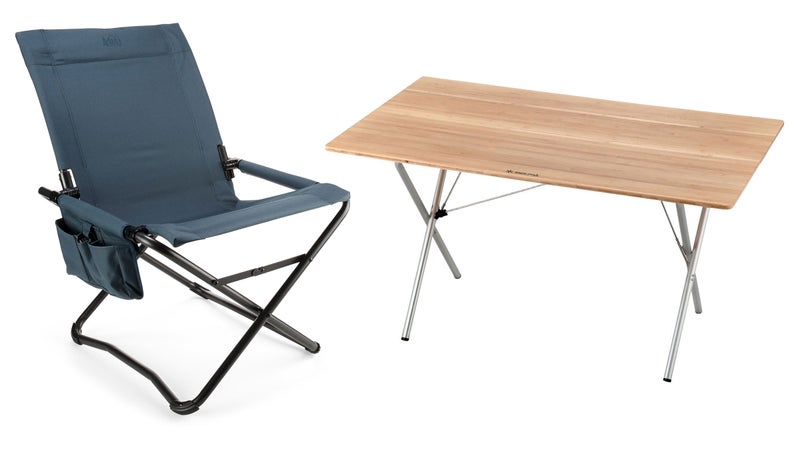
We knew from the get-go that we wanted an outdoor office system for working under the Airstream awning in good weather, but since most camp chairs are made for lounging, finding something appropriate was a challenge. After trying a dozen setups, we settled on the canvas REI Kingdom Chair. Alas, it’s been discontinued, but the brand’s came in as a close second: upright for good work posture yet cozy enough for sitting around the fire. The has a sleek bamboo tabletop that’s not cheap or uneven like so many camp models. The ingenious easy-up locking action means it’s no fuss to tear down if the wind or rain kicks up. Most important, two of the chairs plus the table fold flat enough to fit into the shower when not in use.
Mpowerd Luci Lux Pro ($35)
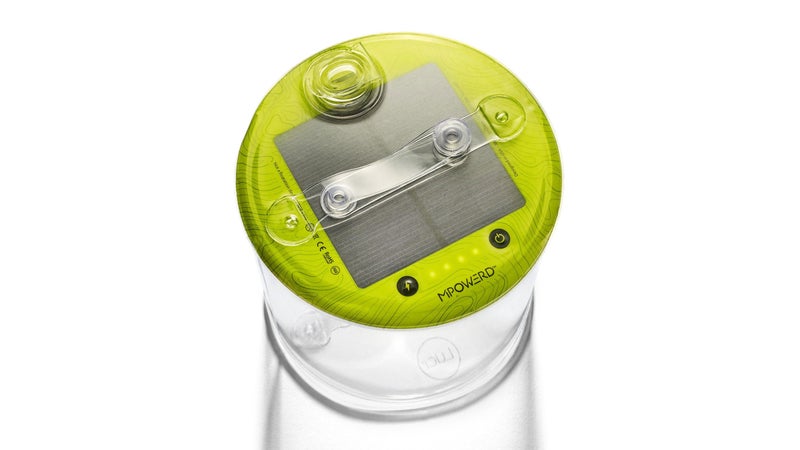
Though we have lights in the Airstream, when we’re camping without shore power (almost always), we use these for light. One end of the Mpowered Luci Lux Pro features an integrated solar panel—the lanterns fully recharge in the sun by day, so we can avoid tapping into our trailer batteries at night. The soft, warm light is as creamy as any high-end chandelier and adjusts in four power settings up to 150 lumens. Best of all, this new model has a built-in USB charging port for 100 percent renewable power for phones or other electronic gadgets when you’re off-grid.


